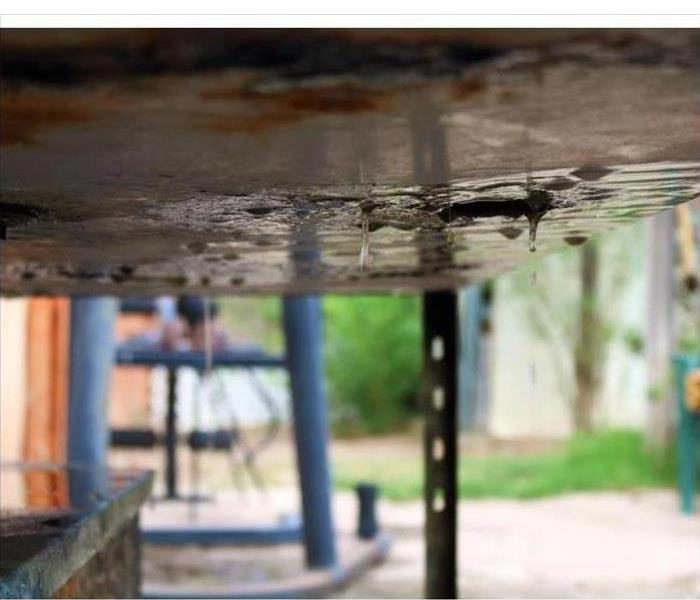How To Maintain Your Swamp Cooler and Prevent Mold Damage
8/27/2022 (Permalink)
How To Prevent Mold Issues In Your Home
Swamp coolers use three-quarters less energy than standard air conditioners but cost only half the price. However, they require more maintenance than central air conditioners do because they use moisture evaporation to cool the air. A leaking swamp cooler can lead to mold damage. Here are three ways to prevent issues so you can keep your White, PA, home cool and comfortable during hot weather.
1. Schedule Regular Maintenance
Even if you don’t see (or smell) any issues, have a licensed professional clean and inspect your swamp cooler. The cooling pads are susceptible to mold growth; replace them halfway through the season. Cleaning the drip pans, ducts and other parts helps prevent the buildup that leads to property damage. Mineral buildup can keep the system from running correctly. Get rid of buildup with descaler tablets or install a filter to remove excess minerals from hard water.
2. Make Repairs Right Away
You don’t want water from your leaking swamp cooler getting into your foundation and causing issues. Replace damaged parts such as hoses, connections and float valves. If the swamp cooler’s reservoir has cracks or holes, water can seep into your home and cause mildew. If you notice your home has mold growth, contact mold remediation experts to clean up the damage.
3. Watch Your Home’s Humidity Levels
Because swamp coolers add moisture to your home, they work best in areas where the humidity is less than 50% during hot weather. If there’s a lot of water in the air, run a dehumidifier or keep your windows open. If you live in an area with high humidity, installing an air conditioner system may be a better option.
When the weather cools down and you’re ready to store your swamp cooler, drain the water supply, clean the water reservoir, let all the parts dry out, and put the unit in a cool, dry space.





 24/7 Emergency Service
24/7 Emergency Service
